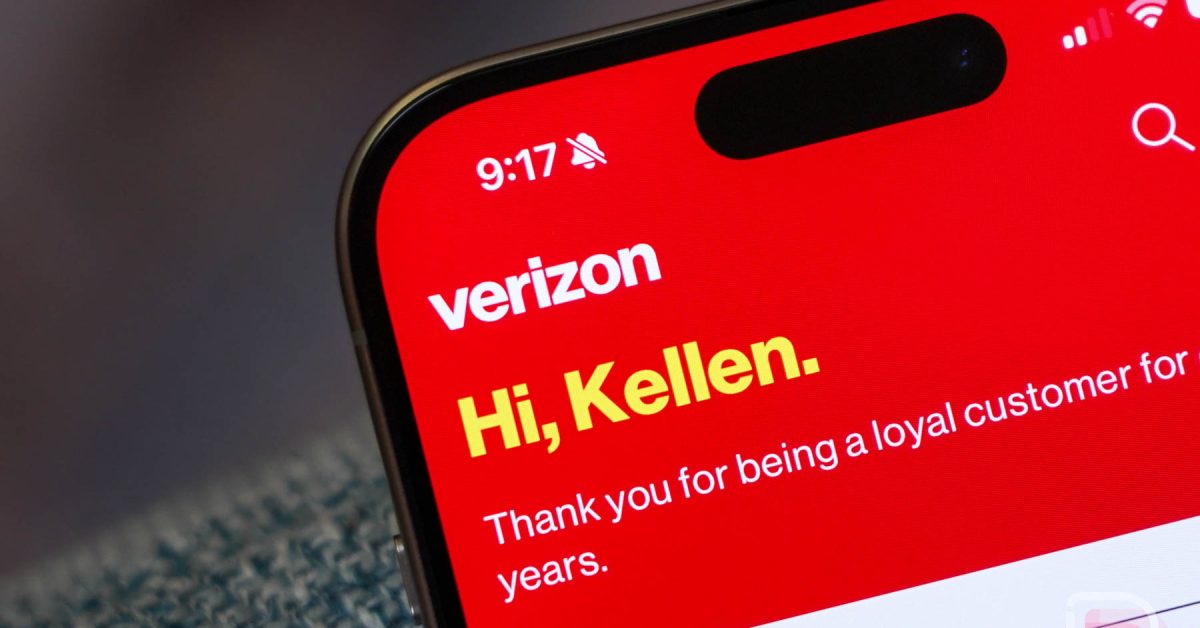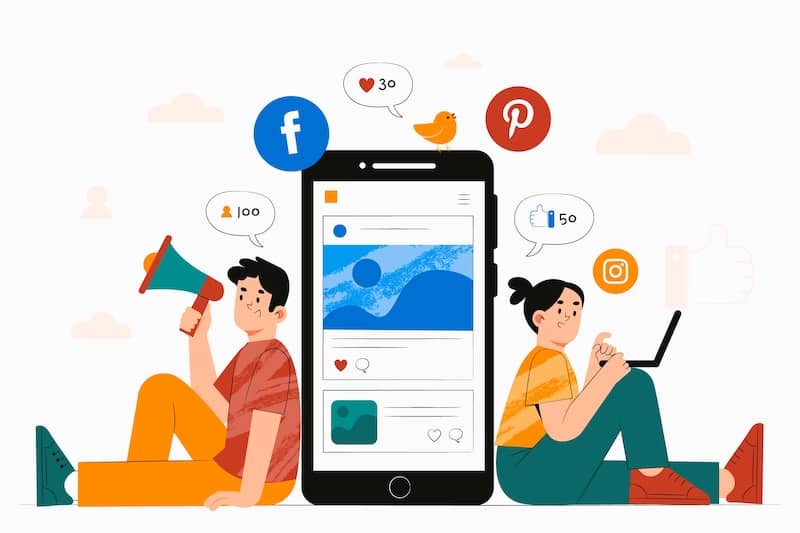TikTok, Instagram, LinkedIn, and Facebook: these platforms might not immediately come to mind when mapping out your sales funnel. But judging by where your potential customers spend their time and how they discover businesses today, it’s clear why social media should be part of your conversion strategy.
So, what exactly can social media integration do for your business? And what should you look for in funnel software to make this integration work for you? This post covers ways social media can boost conversions and shows how to make it happen.
Social media benefits your funnel in so many ways (and vice versa). Here’s how:
Drives Qualified Traffic
You might think of social media as a tool for getting your brand out there or building a community, and it is. But it can also be much more. When used strategically, social media becomes a powerful way to bring new people into your sales funnel. You’re showing up where your audience already spends their time, on platforms like Instagram, TikTok, Facebook, LinkedIn, or X.
Each social platform is like its own world full of potential customers. When you post things like short videos, helpful tips, or behind-the-scenes content, you’re naturally guiding people toward the next step—visiting your website, downloading a free guide, or booking a consultation call.
The key difference is connecting your social content to your funnel. People might engage with your posts and feel interested, but that interest disappears quickly without a clear path forward.
Bonus Benefit: When your social media and funnel system connect, you can track someone’s entire journey from that first comment or ‘Like’ to becoming a paying customer.
Supports Funnel Stages
Trust is the foundation of any relationship. For your funnel to work, people need to trust you. Social media helps you build that trust across the entire funnel.
For example, you can use different platforms to attract people at the top of your funnel. Post stories they relate to, videos that teach them something, or content about challenges they face. Forget about selling at this stage. Focus on being consistent and helpful to gain recognition from your audience.
Social media platforms give you ways to deepen those relationships for the middle and bottom of the funnel. Go live to answer questions in real-time, share behind-the-scenes content that builds more trust, and post client success stories that show what’s possible.
When you announce your offers, people are more receptive because they already know and trust you from all the helpful content you’ve shared.
Helps You Scale
You might wonder: “What if I just handle social and funnels separately?” While it’s possible, it’s not scalable. Without integration, you’re stuck manually importing contacts, switching between platforms, and losing track of where people came from. That delay costs you sales.
If you’ve ever missed a hot lead because you didn’t follow up quickly enough or struggled to remember who engaged with what content, integration could have solved that problem. Your audience expects fast responses and smooth experiences. You can deliver exactly that when your social media and funnel work together.
Studies suggest businesses that respond within five minutes of initial contact are nine times more likely to convert a lead1. You’ll miss that window if you’re relying on manual systems. But with the right funnel marketing automation, a social interaction can instantly trigger a personalized email or follow-up sequence without you lifting a finger.
Now that you know what social media can do for your funnel, let’s see what this looks like in practice and what tools make it possible.
Imagine you’re a fitness coach offering an online program. You post a short video on Instagram demonstrating a quick 3-minute morning routine. In the caption, you invite followers to sign up for a free 5-day workout challenge.
Now, let’s say you’ve integrated Instagram with your sales funnel software. When someone clicks the link in your bio, they’re directed to a landing page created with your funnel builder. They enter their email and are automatically placed into an email sequence. Behind the scenes, your software tags them as a “fitness challenge lead,” tracks their engagement, and sends a reminder if they don’t complete the sign-up.
Two days later, they receive a message through Facebook Messenger (also integrated with your funnel software) offering them a 20% discount on your full program. Because you tracked their behavior and used social triggers, you’ve built a seamless experience that feels personal even though it’s automated.
So, how can you integrate social media with your funnel?
Use Automation to Bridge the Social-Funnel Gap
Social media never sleeps, and neither should your funnel. You unlock the power of automation by connecting both systems. Workflow sequences can trigger actions based on what people do on your social platforms.
For instance, when someone clicks a link in your Instagram bio and signs up for your lead magnet, your funnel software can automatically tag them, add them to a welcome email sequence, and track their interest level. Employ different follow-up sequences based on what they’re interested in when they comment on your posts or engage with your content. A good quality funnel software can handle that tracking and follow-up for you.
Save time and create a personal and timely experience by connecting your social media with your funnel. When people get relevant follow-ups based on what they actually engaged with, they’re much more likely to become customers.
Leverage Social Metrics for Better Funnel Decisions
When your funnel software and social media work together, you gain access to valuable behavioral data. You can track which platforms drive the most leads, what type of content converts best, and where users drop off in your funnel.
For example, let’s say your TikTok videos generate more sign-ups than Facebook ads. That insight tells you where to spend your ad budget. Or, if most drop-offs occur after the third email in your sequence, you’ll know to revise that content. You’ve found yourself a golden re-engagement tool if your retargeted Instagram Story ads bring back users who abandoned your checkout page.
This feedback loop is only possible when your funnel software is integrated with social analytics. Without it, you’re making decisions based on assumptions rather than facts.
Choose Software with Strong Social Features
Not all funnel tools offer equal social integration. Look for these capabilities when evaluating software:
- Native connections with platforms like Facebook, Instagram, and TikTok
- Easy lead capture from social media posts and profiles
- Automatic tagging and tracking of social visitors
- Built-in tools for engaging with social media followers
You also want a tool that makes it easy to add social proof, like customer testimonials or video reviews, directly into your landing pages. Some software even lets you test different page versions to see which ones convert better when people come from social media.
When choosing a sales funnel platform, make sure it connects easily with the social media tools you already use. The best platforms offer simple drag-and-drop builders, automatic lead tracking, and ways to organize your contacts based on how they found you. This way, your social media activity feeds directly into your sales process without extra work on your part.
Social Integration Fuels Growth
The question isn’t whether social media should be part of your funnel strategy. It’s whether you’re making the most of what’s already happening on those platforms. Integration might be the missing piece if you’re seeing engagement, clicks, or interest on social but not seeing those people convert.
When your sales funnel software and social media channels work together, you can unlock automation, personalization, and insights that set you apart. You’re no longer guessing how your audience behaves. You’re tracking it, responding to it, and using it to grow your business.
If you haven’t done so already, now is the time to connect your social media to your funnel platform. It could be exactly what your business needs to take the next step forward.
1https://www.leadresponsemanagement.org/lrm_study/







